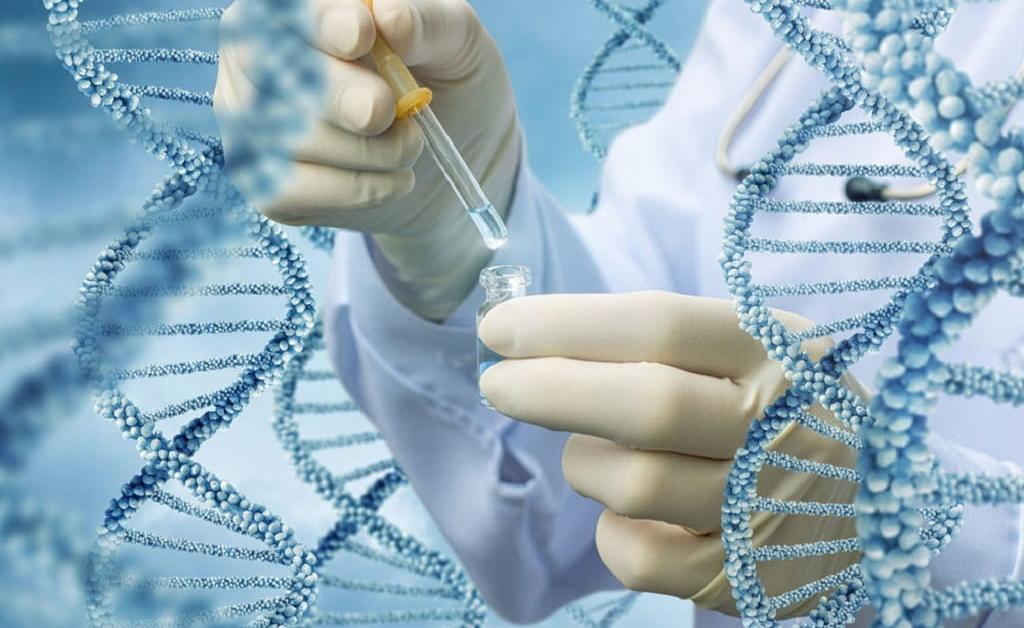Дата публикации: 30.04.2019
It seems that in the history of molecular biology such revolutionary discoveries did not happen long ago. CRISPR-cas is simply called a system for precise editing of DNA strands, and potential areas of its use are shocked by unprecedented perspectives.
How are protozoa counteracting bacteriophage viruses? Why do some bacteria become infected with phages more slowly than others? Studying this phenomenon on the example of Escherichia coli, a group of Japanese scientists in 1987 found in its genome repeated identical elements, between which unique elements were located ... More than a strange discovery! However, then the Japanese did not attach much importance to it.
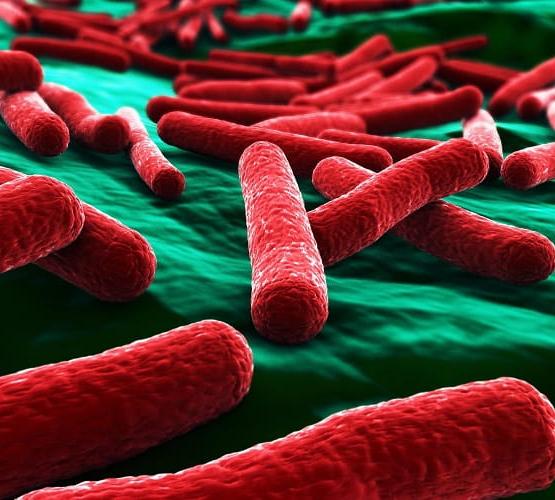
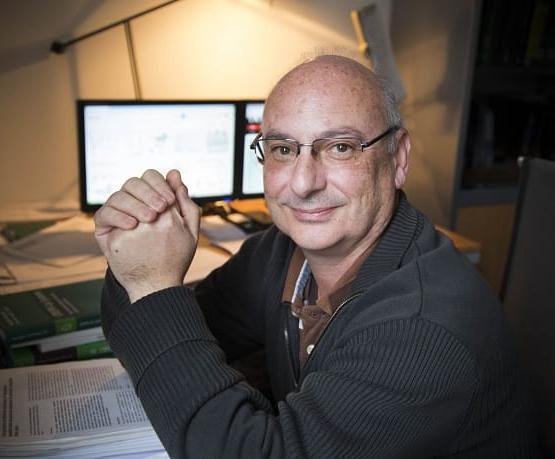
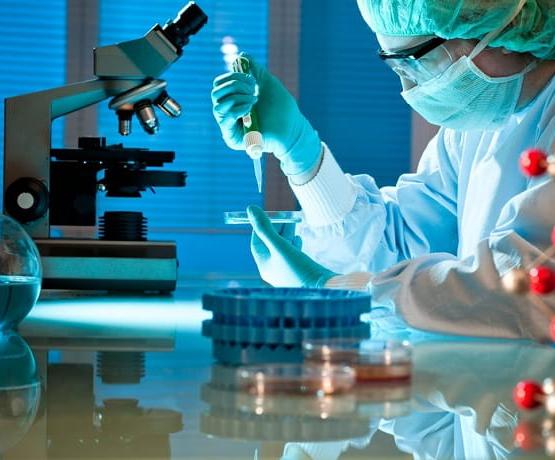
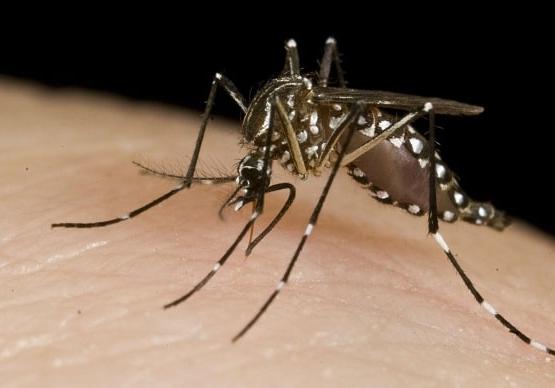
E. coli under the microscope, photo WEB
Six years later, studying another bacterium, the Spaniard Francisco Mojica found a sequence similar in structure to its DNA. The scientist gave it the name, the abbreviation of which sounds like CRISPR, and soon proved that many protozoa have similar area in the genomes. Further research determined their purpose: it turned out that CRISPR is a database of bacteria-virus contacts. A simple analogy is human lymphocytes that store information about infectious agents. The unique CRISPR areas (spacers) are photos of criminal viruses that have ever encroached on the life of the bacteria.
However, the question of who compares the “photographs” with potential enemies and destroys them if a coincidence is revealed remains open. The answer was found literally under the nose - a cluster of Cas proteins, which are constantly located next to a chain of sequences, is responsible for these processes. When these proteins detect familiar enemies, they cut out the previously “photographed” pieces from their DNA, after which the virus dies. So the coordinated work of the CRISPR and Cas proteins associated with it allows the bacteria to form immunity.
Microbiologist Francisco Mojica, photo WEB
But what is the use of this discovery for humans? Scientists are confident and already present the first evidence that the unique ability of the CRISPR-cas system to cut out familiar parts of the genes can be an ideal tool for treating genetic diseases, developing drugs, increasing the effectiveness of research and even improving the quality of plant and animal food.
Today, scientists are able not only to cut DNA in the required place with the help of CRISPR-cas scissors, but also to extract “unnecessary” elements from them, and even to replace them with “necessary” ones. Such an accurate “surgery” will potentially allow the editing of genes responsible for mutations and congenital diseases. Also, experts note the possibility of treating cancer in this way. However, while technology faces certain problems of both physical and ethical nature.
The potential of CRISPR technology can lead to the creation of medicines for all diseases, photo WEB
Another application of DNA scissors is the treatment of viral diseases, including hepatitis, herpes and AIDS. The CRISPR-cas system doesn't care what it is to cut, so let it be the genetic code of HIV in the host cells. In this way, AIDS can be cured completely, and this has already been proven by scientists from the United States. CRISPR can also be a catalyst for the development of the pharmaceutical industry. New drugs, precisely aiming to destroy any pathogens and mutations, are no longer fiction, but a matter of time.
Also CRISPR will allow to forget about genetically modified products and weak food crops susceptible to diseases. But this system has yet to prove its viability to a society that is extremely negatively disposed towards any genetic engineering regarding food. But humanity enthusiastically accepts the idea of exterminating, for example, mosquitoes that carry the Zika virus.
Mosquitoes with the Zika virus, photo WEB
With the help of innovative technology this can be done in a single generation of insects. However, no one can assume that the sudden disappearance of this species is dangerous for the ecological balance. In addition, it is possible the emergence of a new type of super-mosquitoes, more dangerous and resistant to modern technologies ...
Everything new passes through mistakes, difficulties of improvement and non-acceptance by society. But the CRISPR-cas system has exactly a great future, which may change our world for the better.
Victoria Romanova, Russia, Moscow
Here can be your advertising!
Articles
16.10.2018
Road chemistry from JSC "KCHZ"
Chemistry and equipment for road construction from Kotlas Chemical Plant
23.07.2019
Solar panels of the future
Perovskite panels will replace silicon solar panels
12.06.2017
Symposium of speleology in Italy
There was speleological symposium of memory Salvatore Dell'Oca in Italy
Дата публикации: 30.04.2019
It seems that in the history of molecular biology such revolutionary discoveries did not happen long ago. CRISPR-cas is simply called a system for precise editing of DNA strands, and potential areas of its use are shocked by unprecedented perspectives.
How are protozoa counteracting bacteriophage viruses? Why do some bacteria become infected with phages more slowly than others? Studying this phenomenon on the example of Escherichia coli, a group of Japanese scientists in 1987 found in its genome repeated identical elements, between which unique elements were located ... More than a strange discovery! However, then the Japanese did not attach much importance to it.
E. coli under the microscope, photo WEB
Six years later, studying another bacterium, the Spaniard Francisco Mojica found a sequence similar in structure to its DNA. The scientist gave it the name, the abbreviation of which sounds like CRISPR, and soon proved that many protozoa have similar area in the genomes. Further research determined their purpose: it turned out that CRISPR is a database of bacteria-virus contacts. A simple analogy is human lymphocytes that store information about infectious agents. The unique CRISPR areas (spacers) are photos of criminal viruses that have ever encroached on the life of the bacteria.
However, the question of who compares the “photographs” with potential enemies and destroys them if a coincidence is revealed remains open. The answer was found literally under the nose - a cluster of Cas proteins, which are constantly located next to a chain of sequences, is responsible for these processes. When these proteins detect familiar enemies, they cut out the previously “photographed” pieces from their DNA, after which the virus dies. So the coordinated work of the CRISPR and Cas proteins associated with it allows the bacteria to form immunity.
Microbiologist Francisco Mojica, photo WEB
But what is the use of this discovery for humans? Scientists are confident and already present the first evidence that the unique ability of the CRISPR-cas system to cut out familiar parts of the genes can be an ideal tool for treating genetic diseases, developing drugs, increasing the effectiveness of research and even improving the quality of plant and animal food.
Today, scientists are able not only to cut DNA in the required place with the help of CRISPR-cas scissors, but also to extract “unnecessary” elements from them, and even to replace them with “necessary” ones. Such an accurate “surgery” will potentially allow the editing of genes responsible for mutations and congenital diseases. Also, experts note the possibility of treating cancer in this way. However, while technology faces certain problems of both physical and ethical nature.
The potential of CRISPR technology can lead to the creation of medicines for all diseases, photo WEB
Another application of DNA scissors is the treatment of viral diseases, including hepatitis, herpes and AIDS. The CRISPR-cas system doesn't care what it is to cut, so let it be the genetic code of HIV in the host cells. In this way, AIDS can be cured completely, and this has already been proven by scientists from the United States. CRISPR can also be a catalyst for the development of the pharmaceutical industry. New drugs, precisely aiming to destroy any pathogens and mutations, are no longer fiction, but a matter of time.
Also CRISPR will allow to forget about genetically modified products and weak food crops susceptible to diseases. But this system has yet to prove its viability to a society that is extremely negatively disposed towards any genetic engineering regarding food. But humanity enthusiastically accepts the idea of exterminating, for example, mosquitoes that carry the Zika virus.
Mosquitoes with the Zika virus, photo WEB
With the help of innovative technology this can be done in a single generation of insects. However, no one can assume that the sudden disappearance of this species is dangerous for the ecological balance. In addition, it is possible the emergence of a new type of super-mosquitoes, more dangerous and resistant to modern technologies ...
Everything new passes through mistakes, difficulties of improvement and non-acceptance by society. But the CRISPR-cas system has exactly a great future, which may change our world for the better.
Victoria Romanova, Russia, Moscow
Here can be your advertising!
Articles
16.10.2018
Road chemistry from JSC "KCHZ"
Chemistry and equipment for road construction from Kotlas Chemical Plant
23.07.2019
Solar panels of the future
Perovskite panels will replace silicon solar panels
12.06.2017
Symposium of speleology in Italy
There was speleological symposium of memory Salvatore Dell'Oca in Italy
Дата публикации: 30.04.2019
It seems that in the history of molecular biology such revolutionary discoveries did not happen long ago. CRISPR-cas is simply called a system for precise editing of DNA strands, and potential areas of its use are shocked by unprecedented perspectives.
How are protozoa counteracting bacteriophage viruses? Why do some bacteria become infected with phages more slowly than others? Studying this phenomenon on the example of Escherichia coli, a group of Japanese scientists in 1987 found in its genome repeated identical elements, between which unique elements were located ... More than a strange discovery! However, then the Japanese did not attach much importance to it.
E. coli under the microscope, photo WEB
Six years later, studying another bacterium, the Spaniard Francisco Mojica found a sequence similar in structure to its DNA. The scientist gave it the name, the abbreviation of which sounds like CRISPR, and soon proved that many protozoa have similar area in the genomes. Further research determined their purpose: it turned out that CRISPR is a database of bacteria-virus contacts. A simple analogy is human lymphocytes that store information about infectious agents. The unique CRISPR areas (spacers) are photos of criminal viruses that have ever encroached on the life of the bacteria.
However, the question of who compares the “photographs” with potential enemies and destroys them if a coincidence is revealed remains open. The answer was found literally under the nose - a cluster of Cas proteins, which are constantly located next to a chain of sequences, is responsible for these processes. When these proteins detect familiar enemies, they cut out the previously “photographed” pieces from their DNA, after which the virus dies. So the coordinated work of the CRISPR and Cas proteins associated with it allows the bacteria to form immunity.
Microbiologist Francisco Mojica, photo WEB
But what is the use of this discovery for humans? Scientists are confident and already present the first evidence that the unique ability of the CRISPR-cas system to cut out familiar parts of the genes can be an ideal tool for treating genetic diseases, developing drugs, increasing the effectiveness of research and even improving the quality of plant and animal food.
Today, scientists are able not only to cut DNA in the required place with the help of CRISPR-cas scissors, but also to extract “unnecessary” elements from them, and even to replace them with “necessary” ones. Such an accurate “surgery” will potentially allow the editing of genes responsible for mutations and congenital diseases. Also, experts note the possibility of treating cancer in this way. However, while technology faces certain problems of both physical and ethical nature.
The potential of CRISPR technology can lead to the creation of medicines for all diseases, photo WEB
Another application of DNA scissors is the treatment of viral diseases, including hepatitis, herpes and AIDS. The CRISPR-cas system doesn't care what it is to cut, so let it be the genetic code of HIV in the host cells. In this way, AIDS can be cured completely, and this has already been proven by scientists from the United States. CRISPR can also be a catalyst for the development of the pharmaceutical industry. New drugs, precisely aiming to destroy any pathogens and mutations, are no longer fiction, but a matter of time.
Also CRISPR will allow to forget about genetically modified products and weak food crops susceptible to diseases. But this system has yet to prove its viability to a society that is extremely negatively disposed towards any genetic engineering regarding food. But humanity enthusiastically accepts the idea of exterminating, for example, mosquitoes that carry the Zika virus.
Mosquitoes with the Zika virus, photo WEB
With the help of innovative technology this can be done in a single generation of insects. However, no one can assume that the sudden disappearance of this species is dangerous for the ecological balance. In addition, it is possible the emergence of a new type of super-mosquitoes, more dangerous and resistant to modern technologies ...
Everything new passes through mistakes, difficulties of improvement and non-acceptance by society. But the CRISPR-cas system has exactly a great future, which may change our world for the better.
Victoria Romanova, Russia, Moscow
Here can be your advertising!
Articles
16.10.2018
Road chemistry from JSC "KCHZ"
Chemistry and equipment for road construction from Kotlas Chemical Plant
23.07.2019
Solar panels of the future
Perovskite panels will replace silicon solar panels
12.06.2017
Symposium of speleology in Italy
There was speleological symposium of memory Salvatore Dell'Oca in Italy
